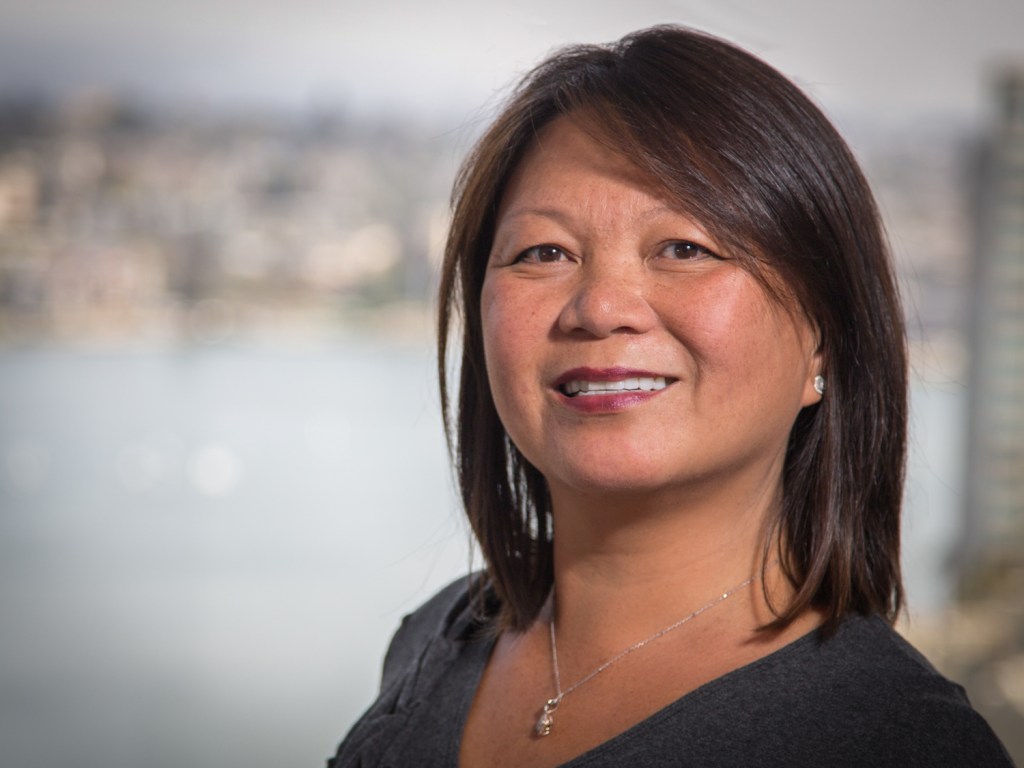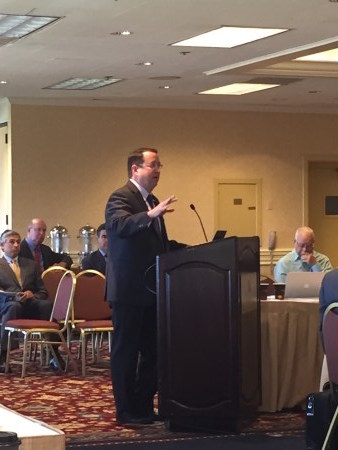
Funding models are rarely talked about in excited tones. It’s normally relegated to the dry tomes of academia. But in CIRM’s case, the funding model we have created is not just fundamental to our success in advancing regenerative medicine in California, it’s also proving to be a model that many other agencies are looking at to see if they can replicate it.
A recent article in the journal Cell & Gene Therapy Insights looks at what the CIRM model does and how it has achieved something rather extraordinary.
Full disclosure. I might be a tad biased here as the article was written by my boss, Dr. Maria Millan, and two of my colleagues, Dr. Sohel Talib and Dr. Shyam Patel.
I won’t go into huge detail here (you can get that by reading the article itself) But the article “highlights 3 elements of CIRM’s funding model that have enabled California academic researchers and companies to de-risk development of novel regenerative medicine therapies and attract biopharma industry support.”
Those three elements are:
1. Ensuring that funding mechanisms bridge the entire translational “Valley of Death”
2. Constantly optimizing funding models to meet the needs of a rapidly evolving industry
3. Championing the portfolio and proactively engaging potential industry partners
As an example of the first, they point to our Disease Team awards. These were four-year investments that gave researchers with promising projects the time, support and funds they needed to not only develop a therapy, but also move it out of academia into a company and into patients. Many of these projects had struggled to get outside investment until CIRM stepped forward. One example they offer is this one.
“CIRM Disease Team award funding also enabled Dr. Irving Weissman and the Stanford University team to discover, develop and obtain first-in-human clinical data for the innovative anti-CD47 antibody immunotherapy approach to cancer. The spin-out, Forty Seven, Inc., then leveraged CIRM funding as well as venture and public market financing to progress clinical development of the lead candidate until its acquisition by Gilead Sciences in April 2020 for $4.9B.”
But as the field evolved it became clear CIRM’s funding model had to evolve too, to better meet the needs of a rapidly advancing industry. So, in 2015 we changed the way we worked. For example, with clinical trial stage projects we reduced the average time from application to funding from 22 months to 120 days. In addition to that applications for new clinical stage projects were able to be submitted year-round instead of only once or twice a year as in the past.
We also created hard and fast milestones for all programs to reach. If they met their milestone funding continued. If they didn’t, funding stopped. And we required clinical trial stage projects, and those for earlier stage for-profit companies, to put up money of their own. We wanted to ensure they had “skin in the game” and were as committed to the success of their project as we were.
Finally, to champion the portfolio we created our Industry Alliance Program. It’s a kind of dating program for the researchers CIRM funds and companies looking to invest in promising projects. Industry partners get a chance to look at our portfolio and pick out projects they think are interesting. We then make the introductions and see if we can make a match.
And we have.
“To date, the IAP has also formally enrolled 8 partners with demonstrated commitment to cell and gene therapy development. The enrolled IAP partners represent companies both small and large, multi-national venture firms and innovative accelerators.
Over the past 18 months, the IAP program has enabled over 50 one-on-one partnership interactions across CIRM’s portfolio from discovery stage pluripotent stem cell therapies to clinical stage engineered HSC therapies.”
As the field continues to mature there are new problems emerging, such as the need to create greater manufacturing capacity to meet the growth in demand for high quality stem cell products. CIRM, like all other agencies, will also have to evolve and adapt to these new demands. But we feel with the model we have created, and the flexibility we have to pivot when needed, we are perfectly situated to do just that.














 CIRM President Randy Mills addresses the CIRM Board
CIRM President Randy Mills addresses the CIRM Board
 Have you ever stood in line in a supermarket checkout line and browsed through the magazines stacked conveniently at eye level? (of course you have, we all have). They are always filled with attention-grabbing headlines like “5 Ways to a Slimmer You by Christmas” or “Ten Tips for Rock Hard Abs” (that one doesn’t work by the way).
Have you ever stood in line in a supermarket checkout line and browsed through the magazines stacked conveniently at eye level? (of course you have, we all have). They are always filled with attention-grabbing headlines like “5 Ways to a Slimmer You by Christmas” or “Ten Tips for Rock Hard Abs” (that one doesn’t work by the way).